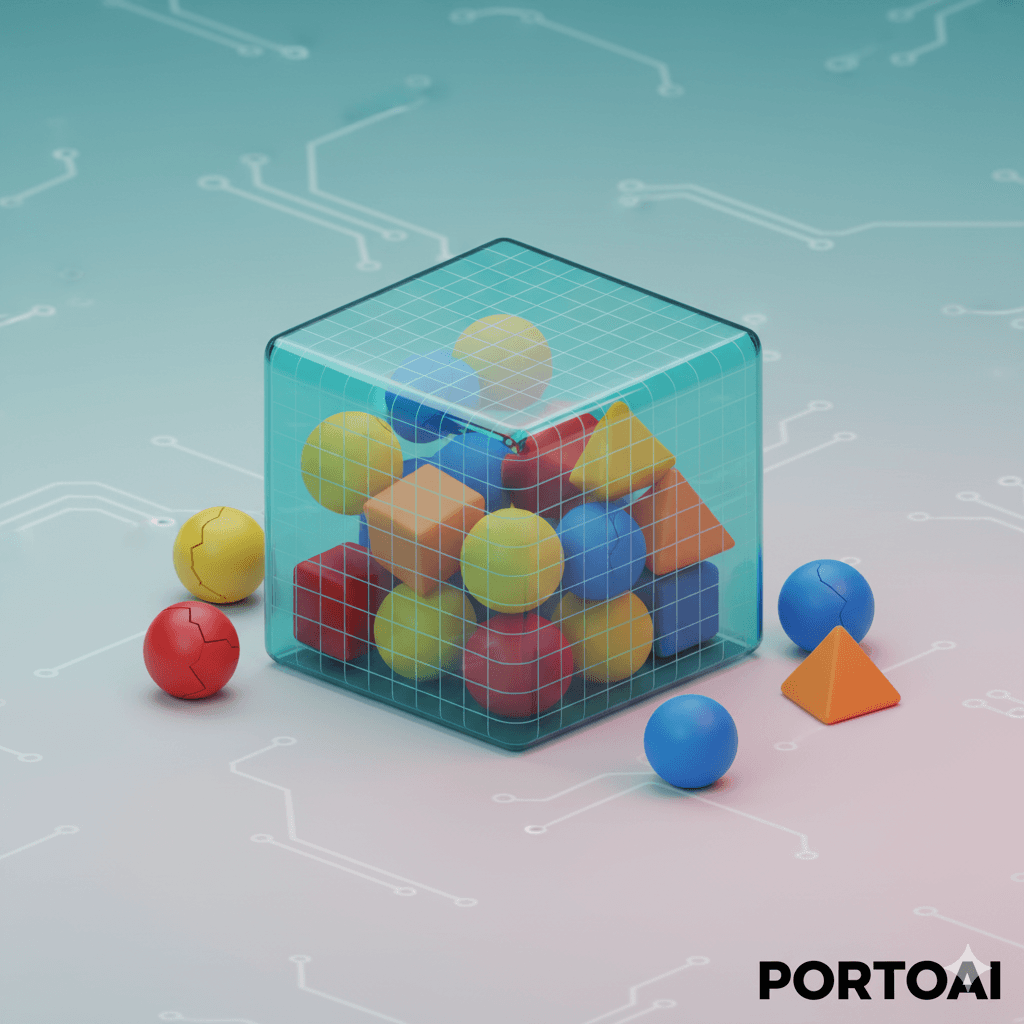Equity vs. Commodity: Key Differences for Smarter Investing

Venkateshwar Jambula
Lead Market Researcher
4 min read
•Published on September 24, 2024
•Equity vs. Commodity: Key Differences for Smarter Investing
Navigating the diverse landscape of financial markets requires a clear understanding of the distinct asset classes available. For sophisticated investors seeking a definitive edge, differentiating between equity and commodity markets is fundamental. Each offers unique opportunities and risks, influenced by different economic forces and requiring distinct analytical approaches. At PortoAI, we empower you to dissect these markets with precision.
What is Equity?
Equity represents ownership in a publicly traded company, typically in the form of stocks or shares. When you invest in equity, you become a shareholder, gaining a claim on the company's assets and earnings. The value of equity is primarily driven by factors such as:
- Company Performance: Earnings, revenue growth, and profitability.
- Industry Trends: The overall health and outlook of the sector the company operates in.
- Market Sentiment: Investor confidence and macroeconomic conditions.
Returns from equity investments are realized through capital appreciation (an increase in stock price) and dividends (a portion of the company's profits distributed to shareholders). Equity markets are generally viewed as a long-term investment vehicle, aligning with the growth trajectory of businesses.
What is a Commodity?
Commodities are basic raw materials or primary agricultural products that are standardized and interchangeable. Common examples include precious metals like gold and silver, energy sources like oil and natural gas, and agricultural goods such as wheat, corn, and coffee.
Commodity prices are predominantly influenced by the fundamental economic principles of supply and demand. Key determinants include:
- Global Economic Conditions: Industrial demand and consumer spending.
- Geopolitical Events: Political instability or trade disputes affecting production or transport.
- Weather Patterns: Crucial for agricultural commodities, impacting crop yields.
- Production Levels: Output from mines, oil fields, and farms.
Trading in commodities often focuses on profiting from price fluctuations, which can occur over both short and long investment horizons. This market is characterized by its tangible nature and its sensitivity to global events.
Equity vs. Commodity: A Comparative Analysis
While both asset classes offer avenues for investment, their core characteristics, price drivers, and trading mechanisms diverge significantly. Understanding these distinctions is crucial for portfolio diversification and risk management.
Nature of the Asset
- Equity: Represents fractional ownership in a company. Investors gain a stake in the company's assets and future earnings.
- Commodity: Refers to tangible, raw materials or primary products. Their value is intrinsic to the physical good itself.
Price Determinants
- Equity: Driven by company-specific performance, industry dynamics, and overall market sentiment.
- Commodity: Primarily dictated by the global interplay of supply and demand, influenced by macroeconomic factors, weather, and geopolitics.
Trading Mechanisms
- Equity: Traded on stock exchanges (e.g., NYSE, Nasdaq, BSE, NSE).
- Commodity: Traded on specialized commodity exchanges (e.g., CME, LME, MCX, NCDEX).
Investment Horizon
- Equity: Typically considered a long-term investment, aligned with business growth.
- Commodity: Can be traded for short-term speculation or long-term investment, depending on market trends and investor objectives.
Sources of Return
- Equity: Returns are generated through capital gains (selling at a higher price) and dividends.
- Commodity: Returns are primarily derived from price fluctuations driven by supply and demand dynamics.
Associated Costs
Both asset classes involve transaction costs such as brokerage fees, exchange fees, and taxes. Equity derivatives and commodity futures may also require margin accounts. At PortoAI, our risk console helps you meticulously track and manage the costs and potential exposures associated with your chosen investments.
Strategic Allocation with PortoAI
Choosing between equity and commodity investments, or allocating capital to both, depends on your individual financial goals, risk tolerance, and market outlook. The PortoAI platform provides sophisticated tools, including the PortoAI Market Lens, to analyze market signals, understand price drivers, and identify opportunities across various asset classes. By synthesizing vast amounts of data, PortoAI enables you to make more confident, data-driven investment decisions, aligning your strategy with your long-term objectives.
Blog
Investment Insights and Tips
Explore our latest investment strategies and insights.

Commodities
What is a Quote-Driven Market? Understanding Dealer Markets Explained
A quote-driven market refers to a type of financial market structure in which market participants trade through market makers who quote bid and ask prices for securities. Market makers play a crucial ...
Venkateshwar Jambula
September 28, 2024
•4 min read

Stocks
What is Swing Trading? A Data-Driven Guide for Investors
Swing trading is a method of trading where a market participant takes a position for a couple of days to a couple of weeks to take advantage of short- to medium-term price swings. This is done to capt...
Venkateshwar Jambula
September 28, 2024
•4 min read

Commodities
What is On-Balance Volume (OBV)? A Trader's Guide to Momentum
On-Balance Volume (OBV) is a technical analysis indicator that predicts the change in a stock’s price through its volume flow. When trading financial securities, price and volume are considered two ke...
Venkateshwar Jambula
September 28, 2024
•4 min read

Commodities
Master Algorithmic Trading: Strategies & AI Insights
Algorithmic trading is a method of automating trades based on pre-programmed instructions. Think of it like using an algorithm for intraday trading where it can automate trading decisions and swiftly ...
Venkateshwar Jambula
September 28, 2024
•6 min read